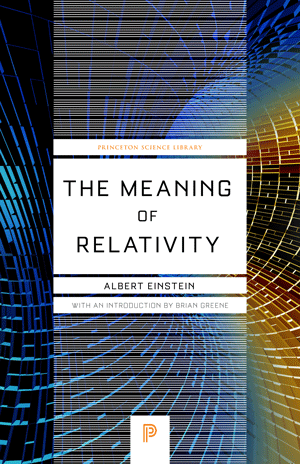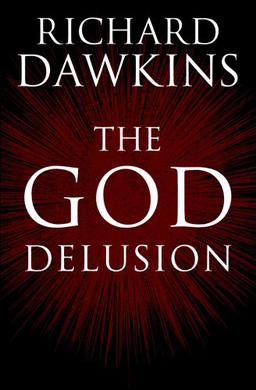Aceh (/ˈɑːtʃeɪ/; [ʔaˈtɕɛh]) is a special region (Indonesian: daerah istimewa) of Indonesia, located at the northern end of Sumatra. It is close to the Andaman and Nicobar Islands of India and separated from them by the Andaman Sea. Aceh was first known as Aceh Darussalam (1511–1959) and then later as the Daerah Istimewa Aceh (1959–2001), Nanggroë Aceh Darussalam (2001–2009) and Aceh (2009–present). Past spellings of Aceh include Acheh, Atjeh and Achin. The province of Aceh has the highest proportion of Muslims in Indonesia, mainly living according to Sharia customs and laws.[4]
Aceh is thought to have been the place where Islam was first established in Southeast Asia. In the early seventeenth century the Sultanate of Aceh was the most wealthy, powerful and cultivated state in the Malacca Straits region. Aceh has a history of political independence and fierce resistance to control by outsiders, including the former Dutch colonists and the Indonesian government. Aceh has substantial natural resources, including oil and natural gas—some estimates put Aceh gas reserves as being the largest in the world. Relative to most of Indonesia, it is a religiously conservative area.[5]
Aceh was the closest point of land to the epicenter of the massive 2004 Indian Ocean earthquake, which triggered a tsunami that devastated much of the western coast of the province, including part of the capital of Banda Aceh. Approximately 170,000 Indonesians were killed or went missing in the disaster, and approximately 500,000 were left homeless.[6] This event helped trigger the peace agreement between the government of Indonesia and the Free Aceh Movement (GAM), mediated by former Finnish president Martti Ahtisaari, with the signing of a MoU on August 15, 2005. With the assistance of the European Union through the Aceh monitoring mission as of December 2005, the peace has held.








